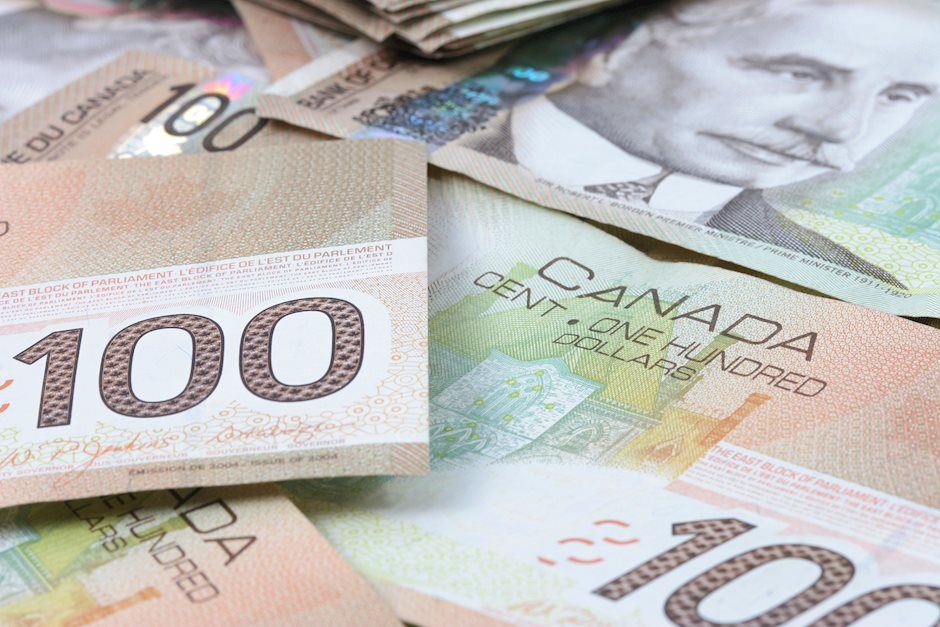USD/CAD holds position around 1.3850 after pulling back from eight-month highs
- USD/CAD has retreated from an eight-month high at 1.3889 marked on Thursday.
- The slight increase in Oil prices is providing support for the commodity-linked Canadian Dollar.
- The downside of the pair could be restrained due to increased risk aversion amid raised concerns about the US economy.

USD/CAD edges lower to near 1.3860 during the Asian session on Friday. However, the USD/CAD pair maintains its position near an eight-month high at 1.3889 recorded on Thursday. The commodity-linked Canadian Dollar (CAD) holds mild gains due to a slight upside of the crude Oil prices as Canada is the biggest crude exporter to the United States (US).
West Texas Intermediate (WTI) crude Oil price inches higher to near $76.50 per barrel at the time of writing. The price of crude Oil may find support from supply risks arising from heightened geopolitical tensions in the Middle East, despite ongoing global concerns about Oil demand.
The downside of the USD/CAD could be limited as the US Dollar (USD) may advance against its peers due to increased risk aversion. Recent manufacturing and labor market data have created a complex scenario with an economic slowdown in the US and growing expectations for a Federal Reserve rate cut. The CME's FedWatch Tool shows that traders are fully anticipating a 25-basis point rate cut on September 18.
US ISM Manufacturing Purchasing Managers Index (PMI) tumbled to an eight-month low of 46.8 in July, compared to the previous 48.5 reading and the forecasted move up to 48.8. US Initial Jobless Claims for the week ended July 26 rose to 249K from the previous week’s 235K, exceeding the forecast uptick to 236K.
Traders are likely to closely watch the upcoming July US Nonfarm Payrolls and Average Hourly Earnings data, set to be released later in the North American session, for insights into the US labor market.
Canadian Dollar FAQs
The key factors driving the Canadian Dollar (CAD) are the level of interest rates set by the Bank of Canada (BoC), the price of Oil, Canada’s largest export, the health of its economy, inflation and the Trade Balance, which is the difference between the value of Canada’s exports versus its imports. Other factors include market sentiment – whether investors are taking on more risky assets (risk-on) or seeking safe-havens (risk-off) – with risk-on being CAD-positive. As its largest trading partner, the health of the US economy is also a key factor influencing the Canadian Dollar.
The Bank of Canada (BoC) has a significant influence on the Canadian Dollar by setting the level of interest rates that banks can lend to one another. This influences the level of interest rates for everyone. The main goal of the BoC is to maintain inflation at 1-3% by adjusting interest rates up or down. Relatively higher interest rates tend to be positive for the CAD. The Bank of Canada can also use quantitative easing and tightening to influence credit conditions, with the former CAD-negative and the latter CAD-positive.
The price of Oil is a key factor impacting the value of the Canadian Dollar. Petroleum is Canada’s biggest export, so Oil price tends to have an immediate impact on the CAD value. Generally, if Oil price rises CAD also goes up, as aggregate demand for the currency increases. The opposite is the case if the price of Oil falls. Higher Oil prices also tend to result in a greater likelihood of a positive Trade Balance, which is also supportive of the CAD.
While inflation had always traditionally been thought of as a negative factor for a currency since it lowers the value of money, the opposite has actually been the case in modern times with the relaxation of cross-border capital controls. Higher inflation tends to lead central banks to put up interest rates which attracts more capital inflows from global investors seeking a lucrative place to keep their money. This increases demand for the local currency, which in Canada’s case is the Canadian Dollar.
Macroeconomic data releases gauge the health of the economy and can have an impact on the Canadian Dollar. Indicators such as GDP, Manufacturing and Services PMIs, employment, and consumer sentiment surveys can all influence the direction of the CAD. A strong economy is good for the Canadian Dollar. Not only does it attract more foreign investment but it may encourage the Bank of Canada to put up interest rates, leading to a stronger currency. If economic data is weak, however, the CAD is likely to fall.
Author

Akhtar Faruqui
FXStreet
Akhtar Faruqui is a Forex Analyst based in New Delhi, India. With a keen eye for market trends and a passion for dissecting complex financial dynamics, he is dedicated to delivering accurate and insightful Forex news and analysis.

















